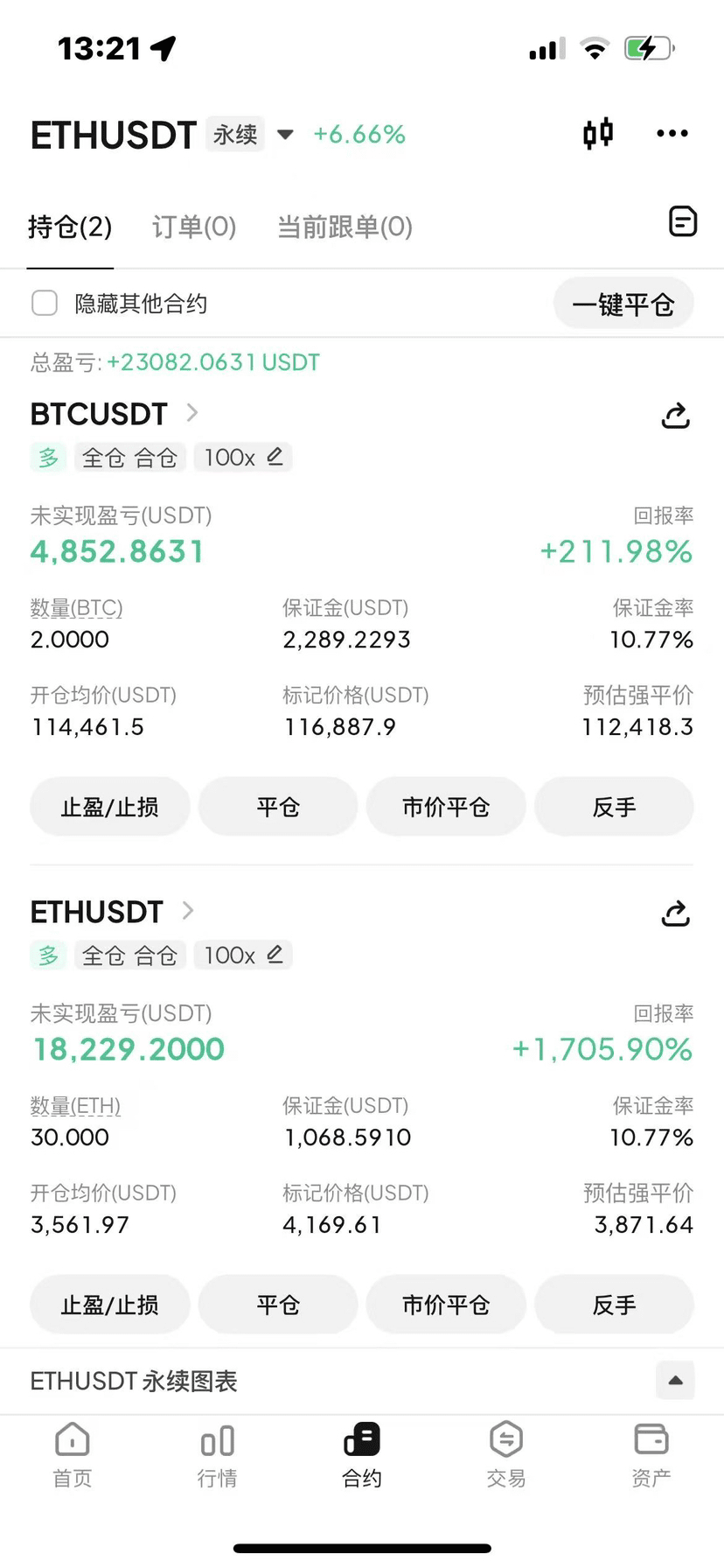Let's first look at history: Is 4000 points a 'hurdle' or a 'disaster'?
For Ethereum, 4000 points has never been an ordinary number; every time it approaches this level, the market shakes. Looking back at history, after several breakthroughs of 4000 points, the fluctuations have been significant:
1. On March 12, 2024, it first broke through 4000 points, only to drop to 2911 points a month later.
2. On May 27, 2024, it surged to 3980 points, and three months later, it fell directly to 2112 points.
3. On December 16, 2024, it broke through 4100 points, and in April 2025, it plummeted to 1384 points.
4. The last time was on July 28, 2025, when it broke through 3940 points, and now it has stood at 4100 points again—this is the fourth time it has 'partied' around 4000 points.
These data are very clear: fluctuations around 4000 points have never been small, and typically after a breakthrough, a significant drop follows. Therefore, many investors are nervous and feel that 'history will repeat itself.'
How does the technical aspect look? Bullish and bearish signals are in conflict.
From a technical standpoint, the current trend is a bit 'divided':
5. On the daily level, moving averages are rising, and the short-term bulls still have some momentum.
6. The MACD indicator is also releasing bullish signals, and the long-term trend seems to be on track.
But technical indicators are never an 'imperial edict'; for example, in previous breakthroughs of 4000 points, technical indicators also showed bullish signals, yet there were still significant drops. Therefore, technical aspects can only serve as a reference, not the sole basis.
What is everyone fighting over in the market? Bulls and bears each have their own arguments.
The views in the market are simply two extremes:
7. Those who are bullish feel that this time breaking 4000 points is a 'true breakthrough,' indicating that Ethereum's value is widely recognized. As the crypto market becomes increasingly accepted by the mainstream, ETH could potentially reach new highs, even surpassing historical peaks.
8. Those who are bearish pull up historical records: 'Previous times dropped so badly, why wouldn't this time repeat the same fate?' They believe that once market sentiment turns, selling pressure will explode, and declines could happen faster than rises.
My judgment is: there may be a short-term pullback, but in the long run, the outlook is still quite good.
After Ethereum broke through 4100 points, I think there will likely be a short-term pullback. After all, the 'shadows' from previous times still linger, and many investors will think about 'taking profits early,' so any slight disturbance could trigger a sell-off.
However, in the long run, as long as the macro environment remains accommodative (for example, if the Federal Reserve continues to inject liquidity and institutional funds keep entering the market), Ethereum still has a lot of room for growth. After all, its ecosystem is very strong, with DeFi, Layer2, and smart contracts continuously expanding; it’s not just relying on speculative concepts.
A reminder for investors: Don't be led by emotions.
During this bull-bear confrontation, the worst thing is to 'follow the crowd and act randomly':
9. If you are a long-term holder, then ignore short-term fluctuations; just focus on Ethereum's long-term value and don't be swayed by a few days of ups and downs.
10. If you are a short-term player, then you need to keep a close watch on the market—once there is a significant drop in volume, or if a key support level (like 4000 points) cannot be maintained, decisively cut losses and don't hold on stubbornly.
The trend after this breakthrough of 4100 points is indeed full of uncertainty, as both rises and falls are possible. But as long as you can make rational judgments and clearly see the historical patterns, technical signals, and market sentiments, you won't lose direction in this wave of fluctuations. The final outcome of this 'bull-bear game' may lie in the upcoming flow of funds.